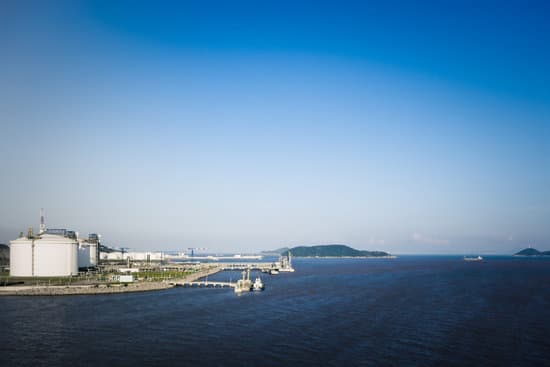As companies face increased pressure to pursue sustainable investing, business leaders around the world are taking action to address their environmental, social, and governance (ESG) risks and opportunities. For US liquefied natural gas (LNG) companies, the rising focus on ESG provides a tailwind for their business, as they are already helping countries achieve their environmental targets by displacing coal and oil and supporting the development of renewables. Moreover, in an increasingly competitive LNG market, an effective ESG strategy will further strengthen the competitiveness of US LNG. For these reasons, it is important for LNG companies to release corporate responsibility reports and increase transparency on ESG standards.
The long-lived and capital-intensive nature of LNG projects attracts investors’ current and long-term ESG assessments. A large-scale liquefaction train in the US costs approximately $3 billion, takes up to five years to build, and can produce LNG for more than thirty years. In the last few years, there has been a marked increase in sustainable investing. Capital flows into sustainable funds increased by a factor of four in 2019 compared to 2018, and the number of funds that consider ESG factors in their investment screening criteria increased by a factor of seven. Similarly, credit rating agencies, which provide key indicators for company risk profiles, have taken major action to incorporate ESG concerns into their credit ratings. Thirty-three percent of Moody’s private-sector rating actions in 2019 cited ESG risks as a material consideration.
A strong ESG profile can contribute to stronger credit ratings and potentially stronger capital flows, which in turn could lead to lower capital costs. For US LNG projects, lower capital costs reinforce the cost competitiveness of the project because project developers can charge a lower liquefaction fee, which includes the costs of building and operating the facility and the return on invested capital.
In addition to managing the ESG profile of the company itself, US LNG companies are uniquely positioned to shape the US gas industry’s long-term ESG performance. Unlike integrated LNG projects in other countries, LNG companies in the US serve as the connector between North American gas producers and pipeline companies, and international LNG customers. Customers in Europe and Asia are striving to meet their respective climate goals, and according to Wood Mackenzie, they represent more than eighty percent of the incremental global LNG demand over the next two decades. In Europe, policymakers are considering a carbon border tax on imported goods based on carbon emissions. In the absence of objective and verifiable ways to evaluate supply chain emissions, it remains unclear how to implement a carbon border tax fairly. However, if any potential carbon policy with financial incentives materializes in the future, data transparency and an actively managed carbon footprint will strengthen US LNG’s competitiveness.
The current pandemic reinforces the need to address ESG issues. LNG facilities, which are essential critical infrastructure according to the US government, must ensure worker safety while meeting contractual obligations to deliver cleaner energy to world customers. Most US LNG projects are already located in developed industrial sites with proximity to hospital facilities on the US Gulf Coast, making it possible to minimize the potential risk of spreading the virus on site. Safety risk mitigation is much more challenging for projects operating or under construction in parts of Africa and the Middle East, or remote areas of Canada and Russia where project sites are remote and far from healthcare facilities. Delays have already taken place in several projects due to potential or observed virus spread, while current US facilities have continued operating. For projects under construction, strong working relationships with engineering, procurement, and construction partners will also prove paramount in managing safe and reliable project delivery. Companies that can ensure workforce safety while maintaining operations and construction continuity will be best positioned to compete for commercial opportunities as energy demand and the global economy improves.
US LNG companies are providing clean, secure, and affordable energy to dozens of markets around the world. Depending on its destination, each LNG cargo that leaves the Sabine Pass terminal in Louisiana displaces 140,000 to 200,000 metric tons of greenhouse gas emissions generated by a coal-fired power plant. US LNG companies not only have the unique opportunity to shape the ESG performance of upstream natural gas players, but can also strengthen their competitive position by adopting an effective ESG strategy.
Serena Su is a fellow with the Atlantic Council Global Energy Center’s Women Leaders in Energy Fellowship and a manager of commercial structuring at Cheniere Energy.

The Global Energy Center develops and promotes pragmatic and nonpartisan policy solutions designed to advance global energy security, enhance economic opportunity, and accelerate pathways to net-zero emissions.
Image: Liquefied natural gas storage tanks by the sea (Canva / Evening_T)
